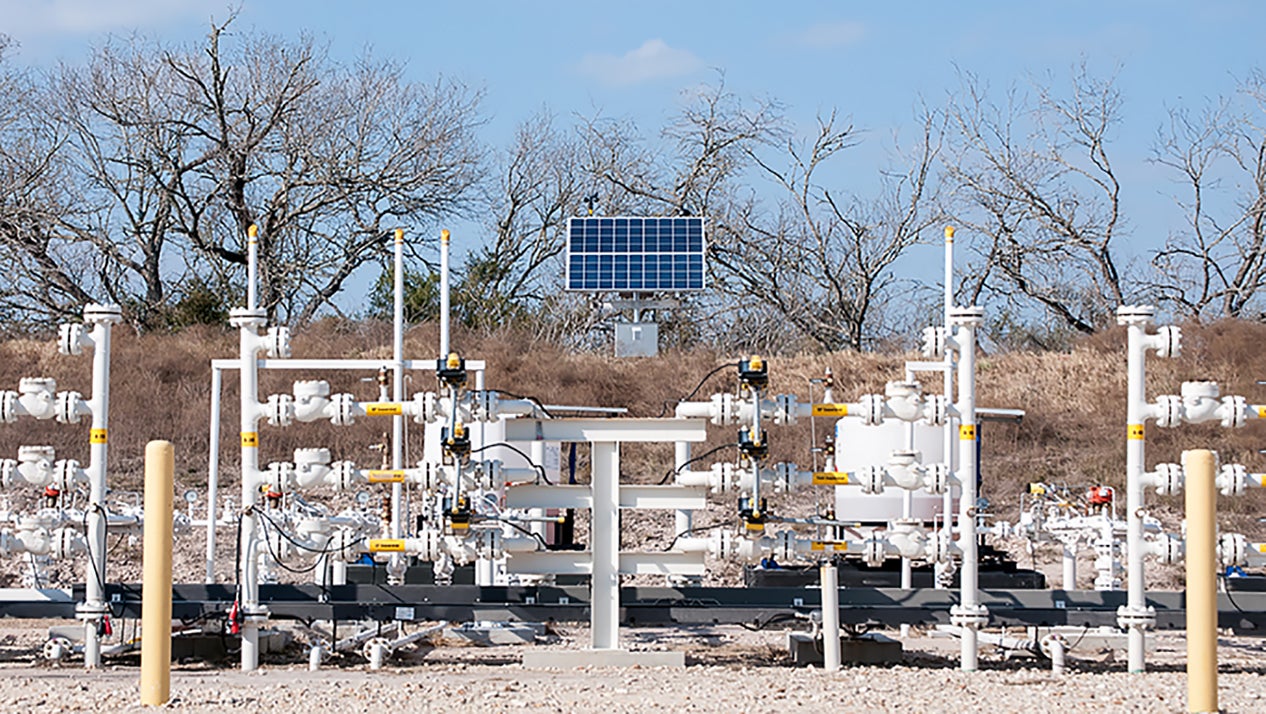 The Texas electricity market is evolving. Low prices have helped natural gas become the dominant electricity generation resource, surpassing coal for the first time. The state’s unique competitive wholesale market, along with recently built transmission lines, have led to exciting opportunities for the rapid development of wind and solar generation. But in looking at the cost of various fuel sources and Texas’ energy future, confusion about electricity subsidies needs to be addressed.
The Texas electricity market is evolving. Low prices have helped natural gas become the dominant electricity generation resource, surpassing coal for the first time. The state’s unique competitive wholesale market, along with recently built transmission lines, have led to exciting opportunities for the rapid development of wind and solar generation. But in looking at the cost of various fuel sources and Texas’ energy future, confusion about electricity subsidies needs to be addressed.
Yes, wind and solar power have recently benefitted from the federal Production Tax Credit and Investment Tax Credit. That said, it’s important to recognize that natural gas and coal generation have enjoyed state and federal incentives for a century, and continue to do so.
The tax benefits for wind and solar generation are not the same as those for fossil fuel generation, but each plays a similar role: Tax benefits affect the final cost of electricity. Read More













